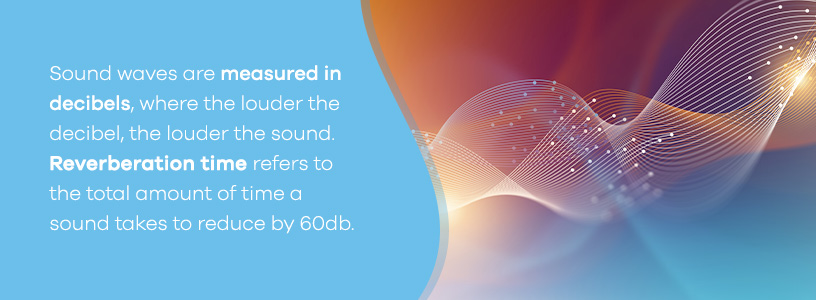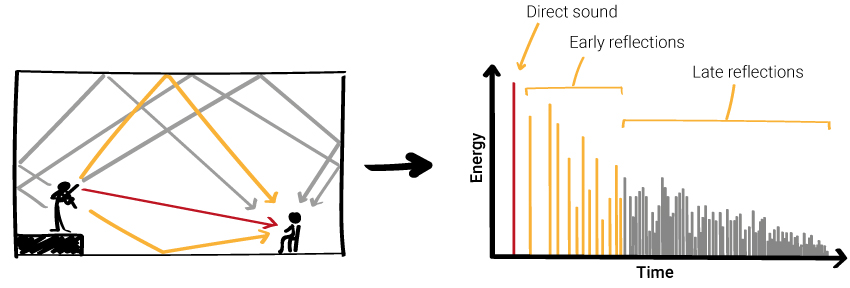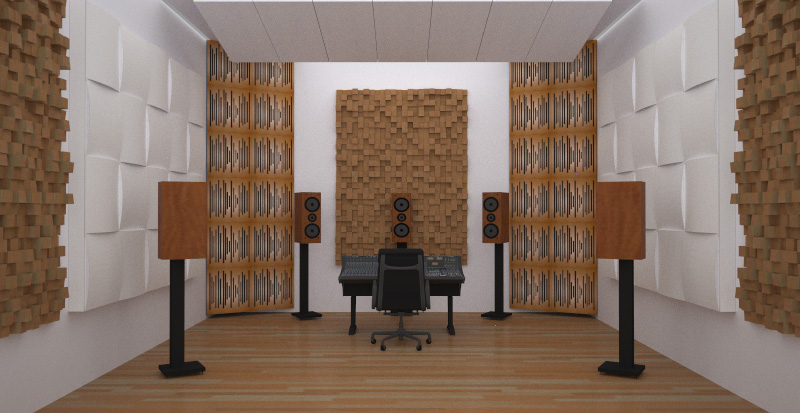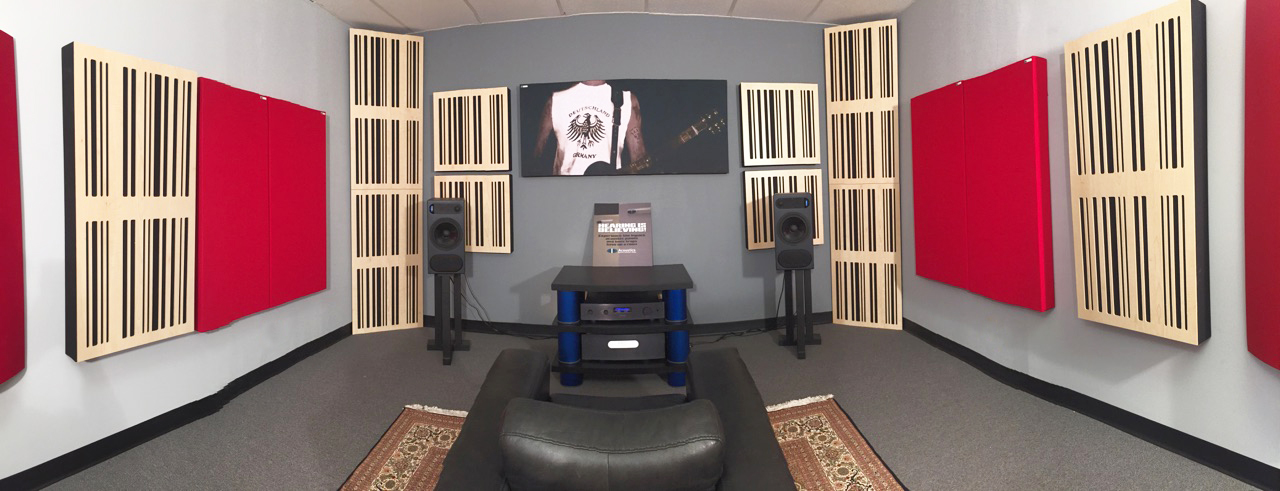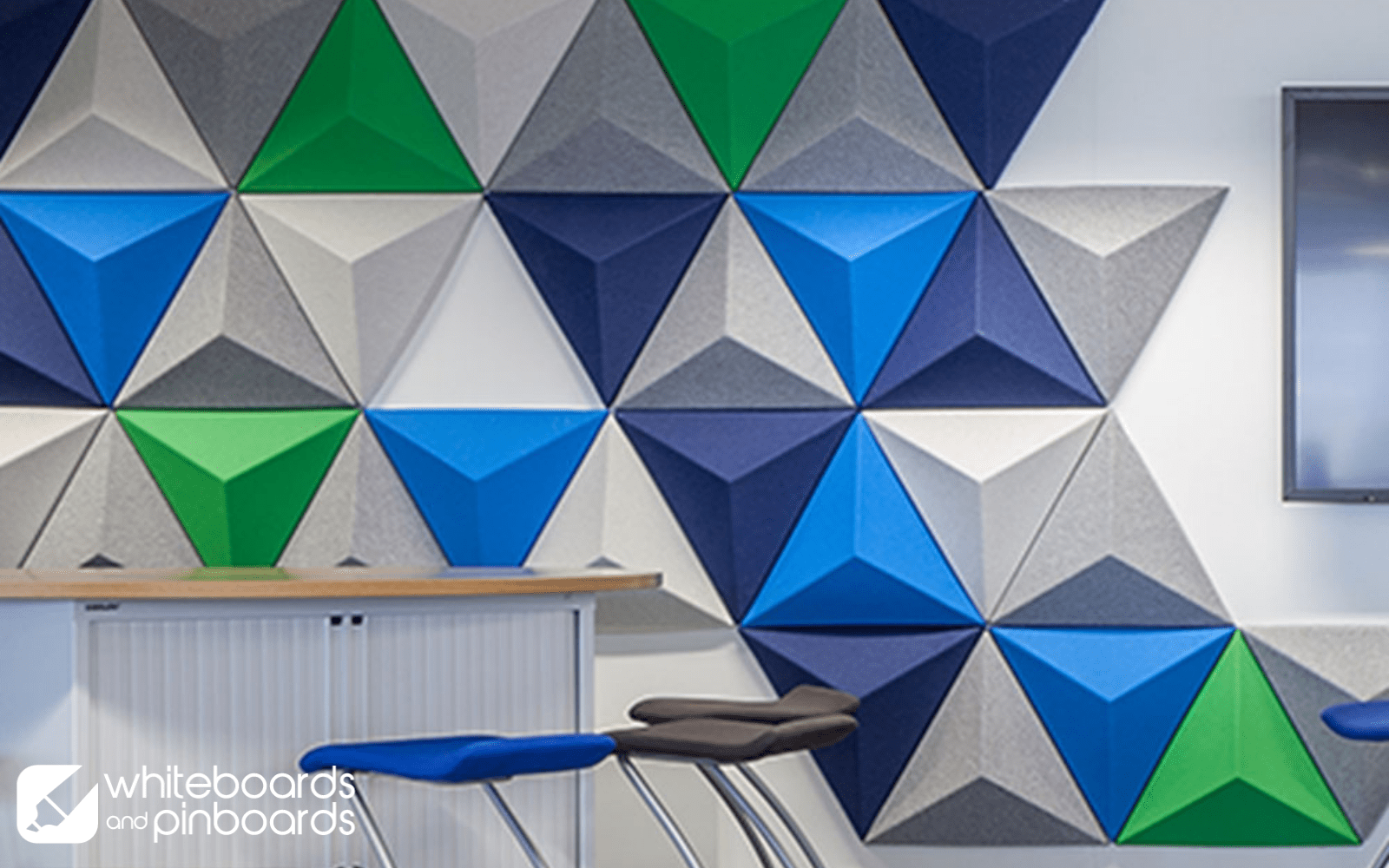When it comes to creating a comfortable and enjoyable living room space, the acoustics of the room often get overlooked. However, the reverberation time of your living room can have a significant impact on the overall sound quality and ambiance of the space. In this article, we will explore everything you need to know about reverberation time in living rooms and how you can improve it to create the perfect listening environment for your home.Reverberation Time in Living Rooms: What You Need to Know
Before we dive into improving your living room's reverberation time, it is essential to understand how to measure it accurately. Reverberation time is the time it takes for a sound to decrease by 60 decibels. To measure this, you will need a sound level meter and a noise source, such as a speaker or clap of hands. Start by placing the sound level meter at ear level in the middle of your living room. Then, play a steady noise through your chosen noise source and note the time it takes for the sound to decrease by 60 decibels. This time is your reverberation time.How to Measure Reverberation Time in Your Living Room
Now that you know how to measure your living room's reverberation time, you may be wondering how to improve it. The good news is that there are several ways to reduce reverberation time in your living room, depending on your budget and the level of sound quality you are looking to achieve. One of the most effective ways to reduce reverberation time is by adding acoustic treatment to your living room. This can include acoustic panels on the walls and ceiling, bass traps in the corners, and diffusers to scatter sound waves. These treatments absorb and diffuse sound, reducing reverberation time and creating a more balanced and pleasant listening environment.Improving Reverberation Time in Your Living Room
The reverberation time in your living room can significantly impact the sound quality of your audio system. A long reverberation time can create a "muddy" sound, where sounds blend together and are challenging to distinguish. On the other hand, a short reverberation time can make the room sound too dry and lifeless. Achieving the perfect balance is essential for a high-quality listening experience in your living room.Understanding the Impact of Reverberation Time on Sound Quality in Living Rooms
As mentioned earlier, using acoustic treatment is one of the most effective ways to improve the reverberation time in your living room. However, it is essential to understand that not all acoustic treatments are created equal. The type, placement, and amount of treatment needed will vary depending on the size and shape of your living room, as well as your audio system and personal preferences. If you are unsure about which acoustic treatment is best for your living room, consider consulting with an acoustic professional who can assess your space and provide recommendations for your specific needs.Reverberation Time and Acoustic Treatment for Living Rooms
If you want to calculate the reverberation time in your living room before making any changes, you can use a reverberation time calculator. These calculators take into account the dimensions and materials of your living room and provide an estimate of the reverberation time based on this information. While it may not be as accurate as measuring with a sound level meter, it can give you a good idea of where your living room's reverberation time currently stands.How to Calculate Reverberation Time in Your Living Room
While there is no set reverberation time that is perfect for every living room, there are some general standards that can serve as a guide. For example, the reverberation time in a small living room should be around 0.4-0.5 seconds, while a larger living room may have a reverberation time of 0.6-0.7 seconds. Additionally, music listening rooms typically have a reverberation time of 0.3-0.5 seconds, while home theaters may have a shorter reverberation time of 0.2-0.3 seconds.Reverberation Time Standards for Living Rooms
If you have a small living room, you may have a shorter reverberation time than larger spaces. However, this does not necessarily mean that the sound quality is better. In fact, small living rooms can suffer from a phenomenon called flutter echo, where sound bounces back and forth between parallel walls, creating a harsh and unpleasant sound. To combat this, consider using acoustic panels or diffusers on the walls to break up these parallel surfaces and improve the overall sound quality.Reducing Reverberation Time in Small Living Rooms
Many people use the terms reverberation time and echo interchangeably, but they are not the same thing. Reverberation time refers to the time it takes for sound to decrease by 60 decibels, while echo is the reflection of sound off a surface. In other words, reverberation time is a measurement of how long sound lasts in a room, while echo is the repetition of sound.Reverberation Time vs. Echo: What's the Difference?
When it comes to choosing the right acoustic panels for your living room, there are a few factors to consider. First, think about the size and shape of your living room and the type of sound you want to achieve. You may also want to consider the aesthetic of the panels and how they will fit into your living room's decor. Additionally, be sure to choose panels that are designed for the specific purpose of reducing reverberation time in residential spaces.How to Choose the Right Acoustic Panels for Your Living Room
How Reverberation Time Can Impact the Acoustics of Your Living Room

The Importance of Acoustics in House Design
How Reverberation Time Impacts Your Living Room
How to Achieve the Perfect Reverberation Time for Your Living Room
 Achieving the perfect
reverberation time
for your living room requires careful consideration and planning during the design phase. There are a few key factors that can affect the
reverberation time
of a room, including the room's size, shape, and the materials used for the walls, floors, and ceilings.
To create a comfortable and pleasant living room acoustics, it is recommended to aim for a
reverberation time
of around 0.6 to 0.8 seconds. This can be achieved by using materials that absorb sound, such as carpets, curtains, and acoustic panels. Additionally, the layout and placement of furniture can also play a role in controlling the
reverberation time
of a room.
Achieving the perfect
reverberation time
for your living room requires careful consideration and planning during the design phase. There are a few key factors that can affect the
reverberation time
of a room, including the room's size, shape, and the materials used for the walls, floors, and ceilings.
To create a comfortable and pleasant living room acoustics, it is recommended to aim for a
reverberation time
of around 0.6 to 0.8 seconds. This can be achieved by using materials that absorb sound, such as carpets, curtains, and acoustic panels. Additionally, the layout and placement of furniture can also play a role in controlling the
reverberation time
of a room.
In Conclusion
 In the world of house design, acoustics are often overlooked. However, the
reverberation time
of a room can greatly impact the overall comfort and functionality of your living space. By understanding the importance of
reverberation time
and taking the necessary steps to achieve the perfect acoustics, you can create a living room that is not only visually appealing but also a pleasure to be in.
In the world of house design, acoustics are often overlooked. However, the
reverberation time
of a room can greatly impact the overall comfort and functionality of your living space. By understanding the importance of
reverberation time
and taking the necessary steps to achieve the perfect acoustics, you can create a living room that is not only visually appealing but also a pleasure to be in.








